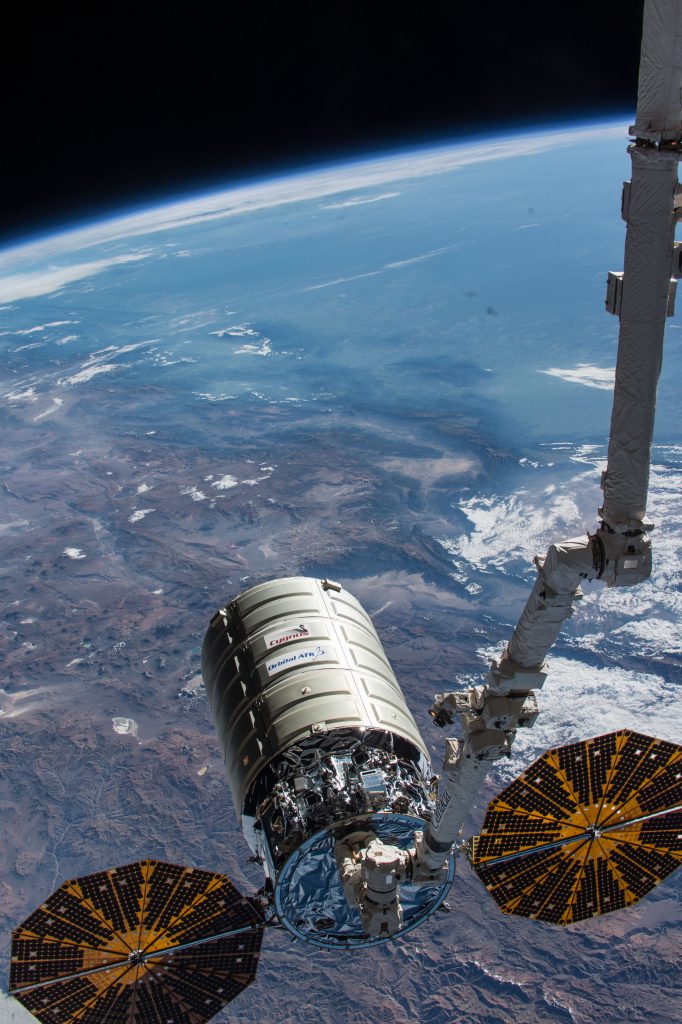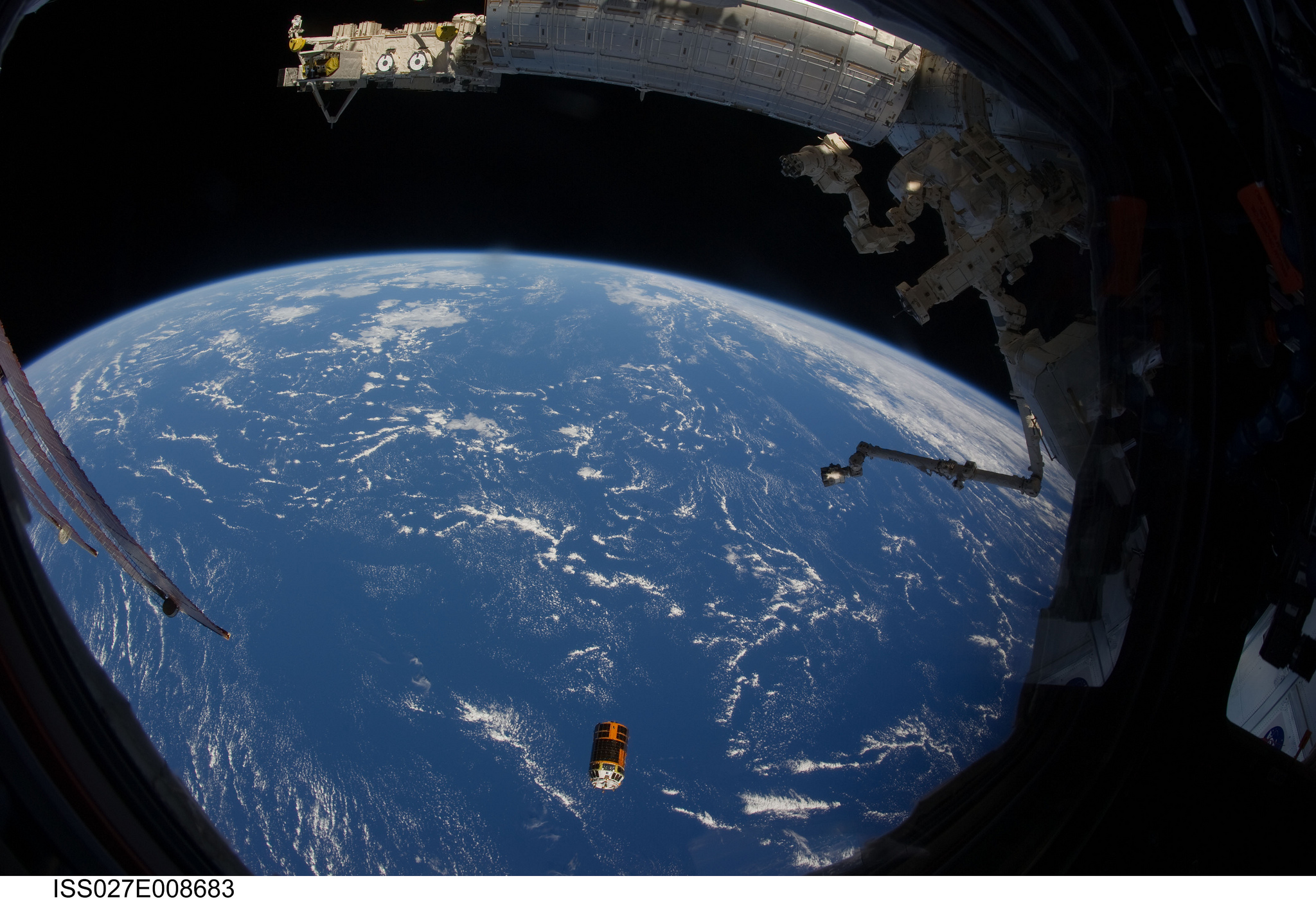Have you ever wondered what the earth will look like from space in 100 years?
Perhaps you imagine a Pale Blue Dot, or an Earthrise. I would bet that for most of us, the Earth looks pretty much as it is today. The solitary home of all humankind, half suspended in the darkness of it’s own shadow.
I bet you don’t imagine it will look like a house-of-mirrors version of Saturn, with rings made of supersonic space trash spinning on different axes around our collective home. But according to NASA’s Jet Propulsion Laboratory (JPL), this may be the Earth’s fate.
In fact, the world is already beginning to look like this. There are 4857 satellites in Earth’s orbit according the United Nations Office for Outer Space Affairs (probably the coolest UN department on the planet. (pun very much intended)). Of these 4857 satellites, 2877 are now non-operational. And therein lies the issue. There are 2877 large and extremely expensive pieces of trash going roughly 7 kilometers per second around the earth.
The only reason you can read this is because of the ever growing network of satellites, whizzing miles above your head and making the modern world of Emojis, GPS, time zones, and talk shows possible. The underlying infrastructure of the digital world just so happens to be suspended in space where it might just crash into now defunct parts of itself. What’s worse, when it does inevitably crash, it makes a real mess.
Thousands of tiny particles of ex-satellite go off in every direction and continue to move at supersonic speeds. This summer, an astronaut aboard on the International Space Station (ISS) had to plug a hole that was created by small particles of space debris from leaking air with his finger before using more advanced methods involving duct tape.
Growing Interest and Risk
The number of satellites launched each year keep increasing. But the good news is that there has been research and legislation on this problem for decades. NASA has recognized this as far back as 1995 when it published the first Orbital debris mitigation guidelines. This led to some governmental interest first by the US, then other countries like Japan, Russia and France, and the European Space Agency, eventually leading to adoption of protocols on debris mitigation by the UN in 2008. These days any states or companies that want to launch a satellite have to have a plan for bringing down the satellite within 25 years. But all the while, space is getting more profitable as private companies see huge opportunities. Investment in the sector totalled $8 Billion between 2012 & 2017.
Smaller states like Laos, Ghana, and Finland are also joining the party. Space launches are a source of international prestige, as well as a good way of fostering interest in science, technology, engineering, and mathematics. So as demand for satellites keeps going up, supply of available space keeps getting smaller. Before 2009, all recorded orbital collisions had been between satellites and these small pieces of debris, but then a deactivated Russian Military Satellite crashed into an active US communications satellite above Siberia, creating 2000 new pieces of debris to fly off into random orbits. Even small particles can cause a lot of damage when they move at 7 kilometers per second. And collisions only create more particles, which create more collisions…you see where I’m going with this.
So along with those 2877 intact but defunct satellites, there are 21,000 objects measuring 10cm in length, and half a million particles less than a centimeter in length. None of this you want to touch anything valuable or expensive, like a functioning satellite. It is a wonder of engineering, navigation, and luck that we can get anything at all off the ground and into space through this terrifying killer cloud of space trash. The problem is only going to get worse as more satellites are launched into an increasingly congested and perilous place for satellites to be, making the likelihood of collisions ever higher. This problem was given a name back in 1978; Kessler Syndrome. The increase of objects sharing low earth orbit could eventually reach a threshold that sparks a domino effect of orbital collisions.
Worst case scenario: we trap ourselves on earth, unable to safely launch anything into space, not to mention collectively finding ourselves suddenly back in 1959, technologically speaking. The implications are hard to even imagine, a sudden collapse of the global communications system could ignite who-knows-what kinds of geopolitical trouble.

Space Trash Disposal
Currently, disposal happens by nudging defunct satellites back down towards earth which either burn up in the process or land in the satellite graveyard, a remote area of the South Pacific in between New Zealand and Chile. Alternatively, satellites can be pushed higher up into an unused orbit. But this only deals with the intact satellites that can be remotely controlled. We still need to deal with the cloud of deadly particles, so scientists are thinking up solutions to clean up space, involving all the most science-y stuff (Lazers, magnets, Space harpoons…).
Orbital Weapons systems, like those promoted by Reagan and Trump are also a terrible idea if you want to keep space tidy due to their enormous size. It is also pretty obvious that if we started a shooting war above the atmosphere, it would make a big mess. In 2007 China drew international condemnation by creating thousands of pieces of debris by blowing up one of its own satellites to demonstrate its anti-satellite weapon system. With the likely growth of space tourism within a decade, it is becoming evident in the infant private space sector that it is in everyone’s interest to have space be safe and debris free.
Space has always given me a childlike excitement. I share the hopes of the late great Stephen Hawking that humanity can, and must, spread out from its home. Going into the unknown, achieving more and creating a better future. This is the has been the hope at the edge of all frontiers. But time and again it has been short sightedness, tribalism, and the tragic greed that lead to failure, cruelty, and injustice.
If space is too deadly or expensive or big to explore, I wont mind. But if we lock ourselves on earth by basically littering, then it’s just too sad to be funny.
by Gerard Rodan
Photo Credits
NASA Johnson, iss046e043433: CC BY-NC 2.0
NASA
iss027e008683, NASA Johnson, CC BY-NC 2.0





